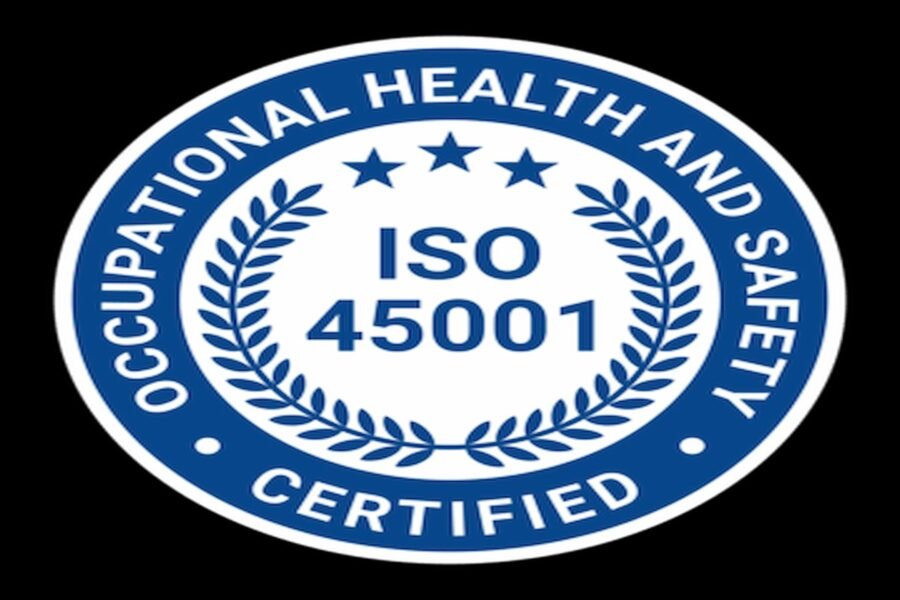When it comes to workplace health and safety, ISO 45001 is one of the most recognised international standards. It provides organisations with a structured framework to manage risks, improve safety performance, and create a culture where employees feel protected and valued.
Yet, despite its growing adoption, ISO 45001 is still misunderstood by many businesses. Misconceptions can lead to hesitation, wasted resources, or missed opportunities. To set the record straight, let’s uncover some of the most common myths about ISO 45001 and look at the truth behind them.
- Myth 1 – ISO 45001 is only for large organisations
The myth – Many people believe ISO 45001 is designed only for big corporations with complex operations, and that smaller companies don’t need to bother with it.
The Reality – The standard is flexible and can be scaled to suit any type of business, regardless of size. Small companies often gain even more from adopting ISO 45001, as it helps put structure around safety practices that may otherwise be informal or inconsistent.
- Myth 2 – It’s just about ticking compliance boxes
The myth – There’s a common view that ISO 45001 is nothing more than a set of forms and checklists, created to satisfy regulators rather than improve how a business actually runs.
The Reality – ISO 45001 is not designed to add layers of paperwork. Instead, it focuses on creating a proactive safety culture where risks are managed before incidents occur. It’s about embedding health and safety into everyday decision-making, rather than treating it as an afterthought.
- Myth 3 – Certification is expensive and not worth the investment
The myth – Some organisations avoid ISO 45001 because they assume the certification process is costly and delivers little real value in return.
The Reality – Although there is an upfront investment in implementation, the long-term benefits far outweigh it. Workplace accidents can lead to significant financial losses and reputational damage, while ISO 45001 often pays for itself through fewer incidents, lower insurance premiums, and greater operational efficiency.
- Myth 4 – It’s the same as OHSAS 18001
The myth – Because ISO 45001 replaced OHSAS 18001, many think the two standards are practically identical and that there’s no need to update their systems.
The Reality – While ISO 45001 replaced OHSAS 18001 in 2018, it brought with it significant updates. The standard strengthens leadership involvement, encourages worker participation, and incorporates risk-based thinking. It’s not simply a rebrand but an improved and more modern approach.
- Myth 5 – It slows down business operations
The myth – It’s sometimes assumed that adopting ISO 45001 adds unnecessary bureaucracy that slows down work and makes processes more complicated.
The Reality – Rather than slowing things down, ISO 45001 helps organisations work more smoothly. By reducing accidents and disruptions, employees are free to be more productive and confident in their roles. Effective safety processes often improve efficiency rather than hinder it.
- Myth 6 – It only benefits health and safety teams
The myth – A frequent misunderstanding is that ISO 45001 only helps those working directly in health and safety roles, leaving the rest of the business unaffected.
The Reality – The positive impact of ISO 45001 extends across the whole business. Employees feel safer, leaders can demonstrate responsibility, and customers see a company that values people as well as profit. In this way, the standard becomes a strategic advantage, not just a safety tool.
ISO 45001 is more than a certification; it’s a commitment to safeguarding employees and strengthening business resilience. By moving past the myths and understanding the reality, organisations can see the genuine value it brings. Far from being a burden, it’s a catalyst for safer, smarter, and more sustainable operations.



